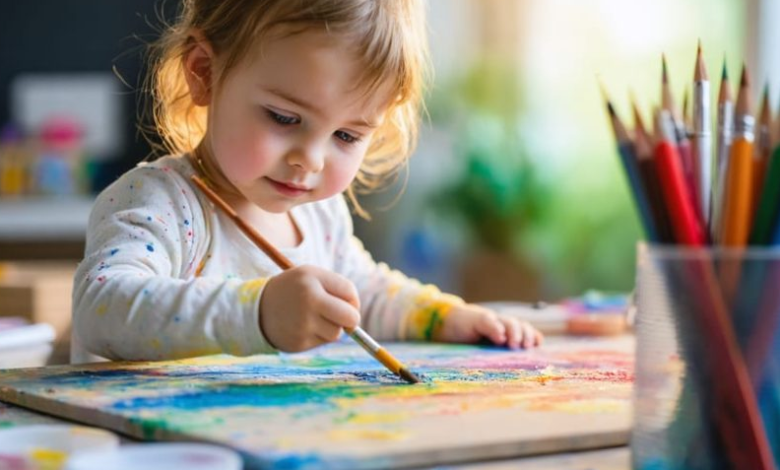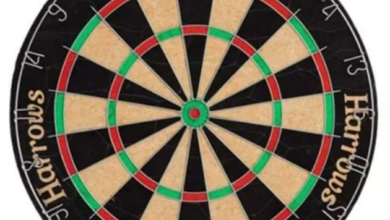Creative Arts as a Tool for Youth Emotional Expression

The world can be an overwhelming place, especially for young people navigating the complexities of adolescence, identity, and societal pressures. For many, these challenges are compounded by experiences of trauma, leaving lasting emotional scars that can be difficult to articulate or process. Traditional talk therapy, while invaluable, isn’t always the most accessible or effective avenue for every young person. This is where the power of creative arts emerges as a profound and often transformative tool for emotional expression and, ultimately, mental trauma healing.
Imagine a young person grappling with an unspeakable experience, their mind a whirlwind of confusion, fear, and anger. Words might fail them, but a paintbrush, a lump of clay, a dance movement, or a musical note can become a conduit for their inner world. Creative arts offer a non-verbal language, allowing emotions to surface, be explored, and begin their journey toward resolution.
The Science Behind Creative Expression and Healing
The connection between creative expression and well-being isn’t merely anecdotal; it’s rooted in neuroscience and psychology. When young people engage in creative activities, their brains light up in ways that can be incredibly beneficial for emotional regulation and processing. Studies have shown that art-making can activate the prefrontal cortex, the part of the brain responsible for executive functions like planning and decision-making, while simultaneously calming the amygdala, the brain’s “fear center.” This dual action allows for a safe space to explore difficult emotions without being overwhelmed by them.
Furthermore, creative arts can facilitate a sense of mastery and control, which is often severely lacking in the aftermath of trauma. The act of creating something, whether it’s a painting, a poem, or a melody, empowers young individuals, reminding them of their agency and their ability to shape their own experiences, even if only on a canvas or within a song. This sense of empowerment is crucial for fostering resilience and promoting mental trauma healing.
Diverse Avenues for Emotional Release
The beauty of creative arts lies in their diverse forms, offering a spectrum of options to suit different personalities and preferences.
Visual Arts: Painting, Drawing, Sculpture
Visual arts provide a direct and tangible way to represent internal experiences. A young person might draw abstract shapes to depict their confusion, use dark colors to express sadness, or sculpt a figure to symbolize their strength. The act of externalizing these emotions allows for a degree of detachment, making them less overwhelming and more manageable. It also provides a visual narrative that can be discussed and explored with a supportive adult or therapist, offering insights that words alone might not convey.
Performing Arts: Drama, Dance, Music
For those who thrive on movement and sound, performing arts offer a powerful outlet. Drama and role-playing can help young people re-enact traumatic events in a safe, controlled environment, allowing them to process emotions and even explore alternative outcomes. Dance provides a physical language for feelings that are too intense for words, releasing tension and fostering a sense of liberation. Music, whether through playing an instrument, singing, or composing, can be incredibly cathartic, allowing for the expression of a wide range of emotions and providing a sense of harmony and order amidst internal chaos.
Literary Arts: Poetry, Storytelling, Journaling
The written word is another potent tool for emotional processing. Poetry offers a structured yet expressive way to distill complex feelings into concise and impactful language. Storytelling, whether fictional or autobiographical, allows young people to create narratives around their experiences, giving them a beginning, middle, and end, which can be incredibly helpful in making sense of trauma. Journaling, a more private form of literary art, provides a safe space for unfiltered thoughts and emotions, fostering self-reflection and insight crucial for mental trauma healing.
See also: Patient Empowerment: The Impact of DocVA Physician Virtual Assistant on Healthcare
Actionable Tips for Integrating Creative Arts
For parents, educators, and mental health professionals seeking to harness the power of creative arts for young people, here are some actionable tips:
- Offer a Variety of Mediums: Don’t limit options. Provide access to paints, clay, musical instruments, dance space, journals, and even digital art tools. Let the young person choose what resonates with them.
- Focus on Process, Not Product: Emphasize the act of creation and expression over achieving a “perfect” outcome. The goal is emotional release and exploration, not artistic mastery.
- Create a Safe and Non-Judgmental Space: Ensure the environment is one where young people feel comfortable experimenting and expressing themselves without fear of criticism or judgment.
- Encourage Exploration and Play: Remind them that there’s no right or wrong way to be creative. Encourage them to experiment with different techniques and themes.
- Facilitate Reflection (Gently): After a creative session, offer opportunities for reflection. Ask open-ended questions like, “What does this piece tell you?” or “How did you feel while creating this?” Avoid prescriptive interpretations.
- Integrate with Therapy: For those undergoing formal therapy, creative arts can be a powerful adjunct, providing therapists with deeper insights into a young person’s internal world.
The Path to Holistic Healing
Creative arts are not a magic bullet, but they are an invaluable component of a holistic approach to youth well-being and mental trauma healing. By providing young people with diverse avenues for emotional expression, we empower them to process their experiences, build resilience, and ultimately move towards a future where their emotional scars can transform into sources of strength and understanding. Embracing the arts in this context is not just about fostering creativity; it’s about nurturing the very essence of human connection and healing.




